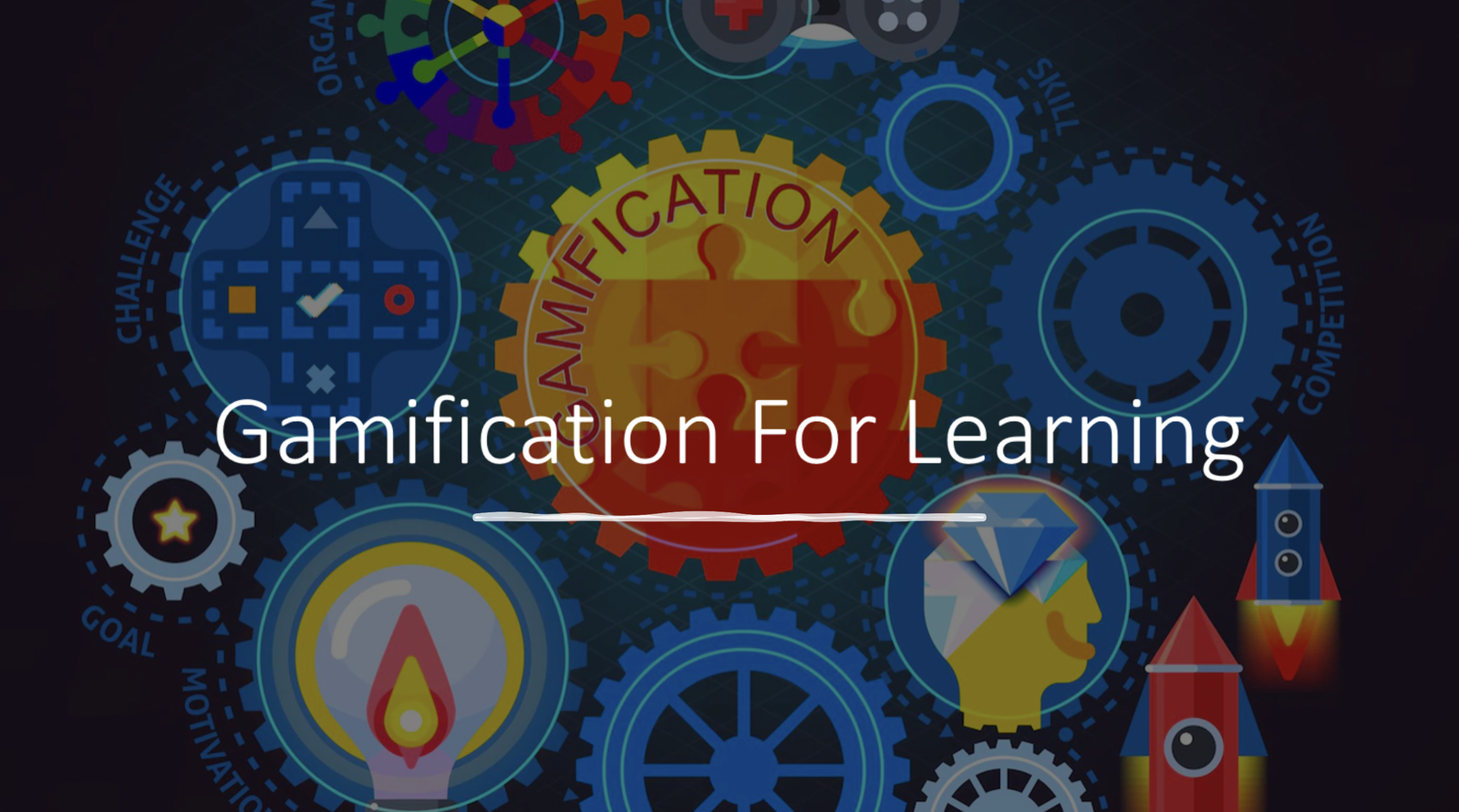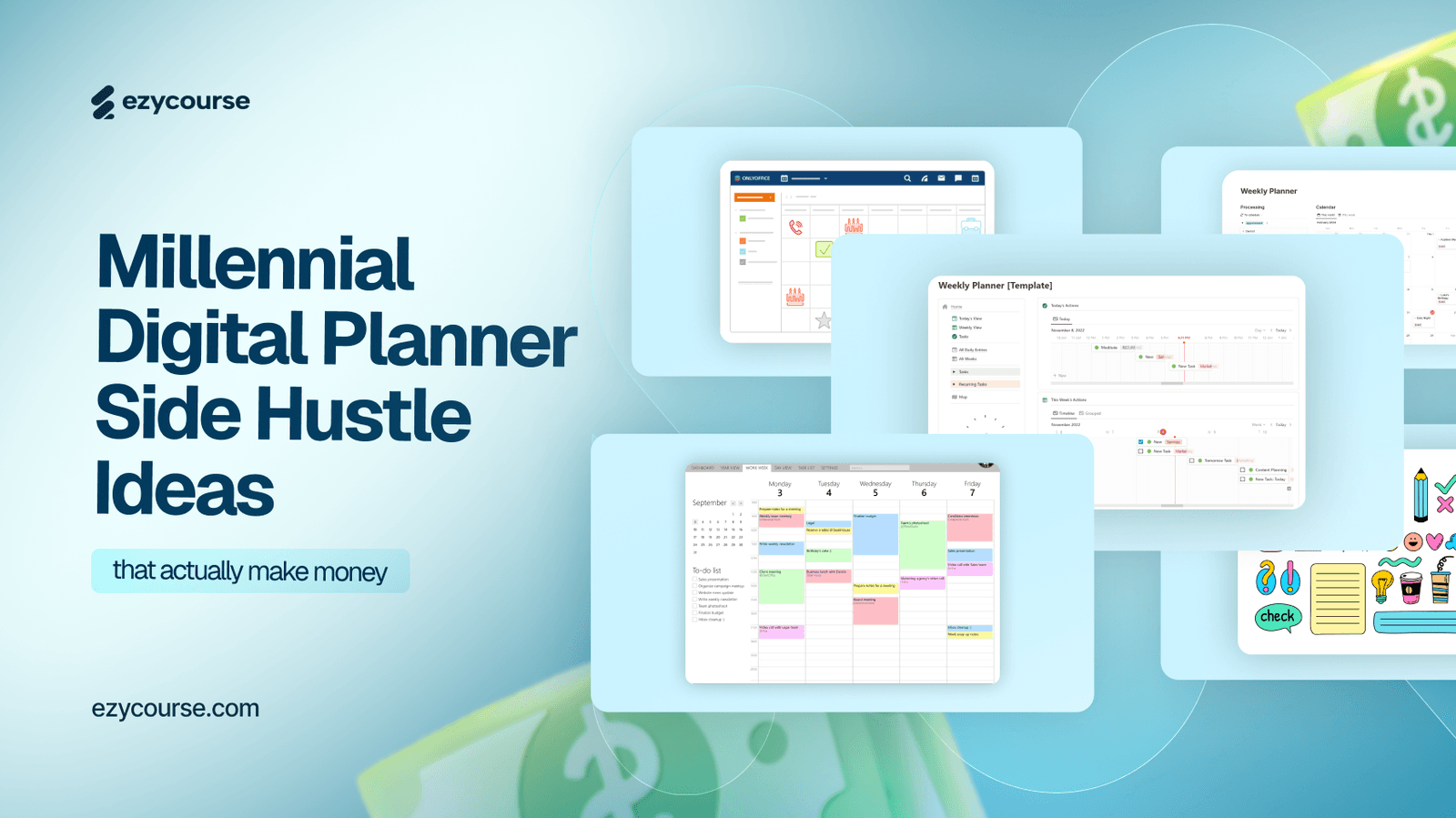Why is gamification in learning important?
Gamification is the use of typical game elements in a non-game context. Gamification promises to make the hard stuff in life fun. Gamification has many pros over the conventional learning approach. Some of which include:
Increased learner motivation levels
Improved knowledge retention
Better learner engagement through social tools like points, badges, and leaderboards
Technology inherently serves as a driving factor behind learning and the creation of curriculum in our contemporary society. Modern educators are progressively incorporating cutting-edge digital technologies and strategies into their teaching methods in order to get better results from students. One of these methods is gamification, which is being adopted by educators all around the world. The use of gamified components can enhance student involvement and teamwork, which helps them learn more effectively and quickly.
Gamification is the application of gaming mechanics to enhance learning. Gamification can instill life-long skills such as problem-solving, critical thinking, social awareness, cooperation, and collaboration. It can also improve grades, raise interest in a subject, encourage people, increase course completion rates, and improve cognitive abilities.
In this article, we’ll explore all about gamification, including practical strategies and ways of how you could gamify your online courses.
Neuroscience Of Gamification
Gamification psychology is a field that focuses on studying the behavior of users in gamified systems. It focuses on understanding how gaming methods influence people's behaviors. Studies have demonstrated that gamification stimulates the release of dopamine in the, increasing gamers' sense of drive and satisfaction. But exactly how do they work together?
1. Gamification fosters emotional connections amongst individuals
Emotions can be a strong tool for learning. They assist in encoding and retrieval of information more effectively, making the learning process much more smooth. Through gamification students become emotionally connected to the content. It has a significant impact on people's attention, which increases their openness to learning.
2. The hippocampus controls memory
The area of the brain that regulates our ability to recall and remember information is called the hippocampus. Therefore, it should come as no surprise that gamification improves students' ability to remember what they have learnt in the courses. Gamification stimulates the hippocampal memory, which helps in promoting the storage of new information into the long-term memory. In addition, the hippocampus releases dopamine, a chemical associated with memory and learning, which aids in maintaining focus on a task.
3. Game playing improves endorphin release
Natural painkillers called endorphins also help people relax, stay calm, and pay attention. While participating in games and other enjoyable activities, the body naturally produces them. Strategies for gamification increase endorphin release, which helps to create a setting that is perfect for concentrated learning.
Gamification Strategies For Learning
There are various gamification strategies that you could choose to incorporate into your courses. Some popular ones are:
Point systems - One way to motivate people to put up extra effort is by awarding points for doing various tasks. It also gives an accurate representation of the degree of effort they put in and how far they have come in the course or lesson, it also reflects their level of work.
Badges - Badges are an excellent method to acknowledge students for their efforts. A badge is like an award given in the form of an image or virtual object that could be pinned to your profile. It is a great way to convey how much you appreciate the time and effort your students put into the endeavor.
Leaderboards - Students will work harder to see their names at the top of leaderboards, which is wonderful for fostering competitiveness among them.
Other gamification strategies could include surprise motivational pop ups to keep the learning journey exciting.
How to add gamification to add to your online course?
Gamification enhances learning in numerous ways. In this section, let’s take a look at some of the most practical ways you can gamify learning. If you’re wondering how you could incorporate these strategies into your online courses, then just know EzyCourse suffices all your gamification needs.
Giving points on meeting certain objectives. A great technique to inspire students is to award points for achieving goals. Progress can be tracked, and engagement will rise as a result.
Provide the option to give badges rather than points, or on collecting certain points allow the option to give badges. Badges also work well when it comes to encouraging students. Badges are another great way to implement an element of competition into the classroom. Additionally, they can improve lesson engagement and nurture a feeling of community, all of which are excellent for learning outcomes.
Frequently Asked Questions (FAQS)
Does gamification really help in learning?The answer to this question depends on how well-designed your gamification strategy is.
How does gamification help in learning techniques?Gamification in learning is not just for entertainment. It is applied to speed up learning by using various incentives to encourage students.
Conclusion
Gamification is an awesome technique to support people in their learning process and inspire them to work harder. Course creators can apply gamification to a variety of objectives with the help of an online course platform like EzyCourse, to improve the success of their students.
To learn more about creating and selling courses with gamification from your own website, get started with EzyCourse for free.





